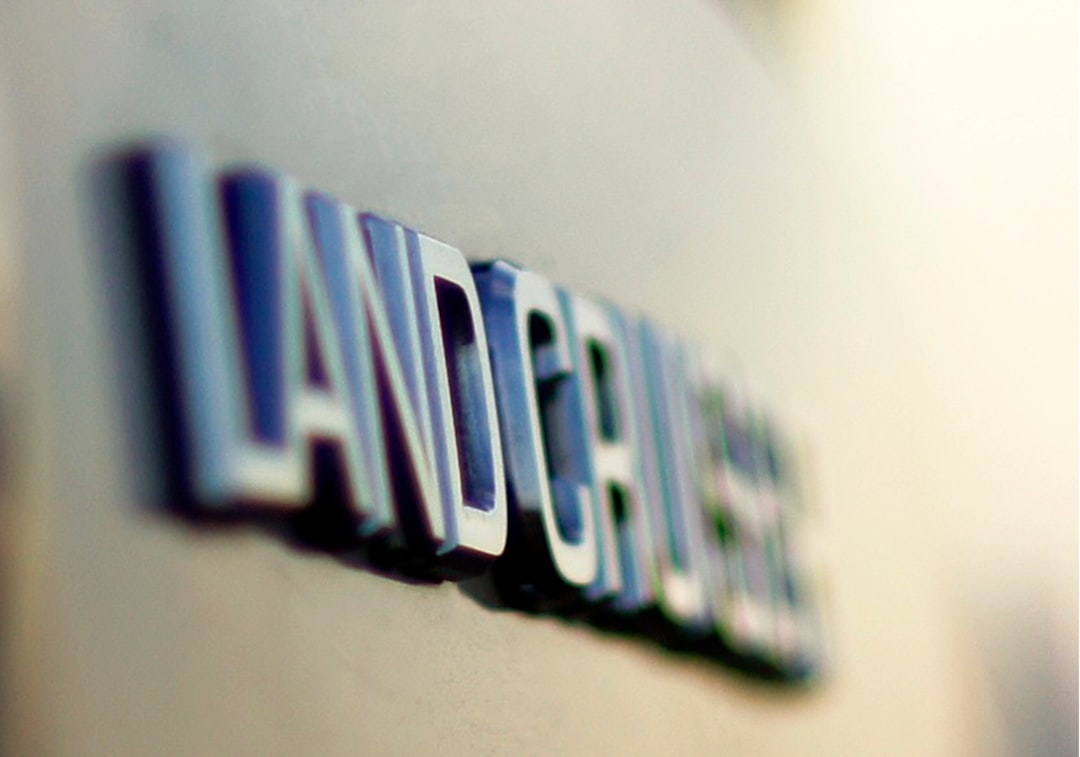From Laurels to Launch Codes: How Diplomacy, Technology, and Public Opinion Dance on the Global Stage
An exploration of peace prizes, geopolitical paradoxes, and the tools that shape modern statecraft
1. Nations That Navigate Contradictions
• Pakistan’s diplomatic tightrope
– Since its birth in 1947, the South Asian republic has balanced relationships with Western powers, China, the Muslim world, and its nuclear-armed neighbor India.
– Major policy swings often reflect shifting domestic coalitions—civilian governments, powerful militaries, and an outspoken press all pulling in different directions.
– Public condemnation of violence abroad can coexist with active security partnerships, a dichotomy sometimes labeled “strategic swing.”
• Iran’s long shadow in global affairs
– An heir to one of the world’s oldest civilizations, Iran straddles Central, South, and West Asia.
– Revolutionary fervor in 1979 replaced monarchy with theocratic republicanism, reshaping energy markets and security architectures from the Persian Gulf to the Mediterranean.
– Sanctions and isolation have spurred an indigenous technological drive, from drone swarms to breakthrough vaccines.
2. The Physics and Politics of “Bombing”
• From gravity bombs to hypersonics
– Early air-dropped ordnance, scarcely more advanced than WWI artillery, has given way to GPS-guided “smart” munitions with meters-scale precision.
– Next-gen weapons—hypersonic glide vehicles and AI-aided targeting—compress decision cycles and raise ethical alarms: When everything moves at Mach 5, how much time is left for diplomacy?
• Collateral images, instant outrage
– Satellites and smartphones ensure that explosions overseas reverberate online in minutes.
– Civilian damage that once remained unverified now appears on live feeds, forcing governments to justify kinetic actions in real time.
3. The Nobel Peace Prize: A Magnet for Irony
• How nominations actually work
– Any national legislator, professor of relevant disciplines, or former laureate can nominate a candidate.
– The Norwegian Nobel Committee receives hundreds of names annually; the full list remains sealed for 50 years.
• Controversies past and present
– Mahatma Gandhi was nominated five times yet never won, while Henry Kissinger shared the 1973 award during an active war.
– Critics argue the prize occasionally rewards “intentions over outcomes,” spotlighting the tension between aspirational politics and gritty realities.
• The soft-power dividend
– Even an unsuccessful nomination can offer symbolic capital—photo-ops, think-tank forums, and domestic talking points—underscoring how peace rhetoric can be weaponized for image management.
4. Leaders, Legacies, and the “Peace-through-Strength” Doctrine
• Donald J. Trump’s global footprint
– From real-estate mogul to U.S. president, Trump cultivated a persona of disruptive negotiation—pulling out of multilateral accords while brokering unprecedented talks (e.g., with North Korea).
– Supporters hail an aversion to prolonged wars; detractors cite inflammatory rhetoric and withdrawal from climate commitments.
• Historical echoes
– Theodore Roosevelt won the Peace Prize in 1906 after mediating the Russo-Japanese War—yet was also celebrated for gunboat diplomacy.
– Winston Churchill sought the prize for his post-war unification efforts despite a career steeped in military campaigns.
5. Bigger Currents Beneath the Headlines
- Multipolarity in action: Nations increasingly hedge bets rather than pick sides.
- Weaponized narratives: Information flows rival missiles in strategic value.
- Prize politics: Honors meant to reward peace can mutate into arenas for rivalry.
- Tech acceleration: The faster machines decide, the more humans debate ethics.
Curiosity Catalysts
• Pakistan houses the world’s largest contiguous irrigation system—proof that grand engineering can coexist with political volatility.
• Iran’s underground “mountain airports” protect fighter jets and reinforce a self-reliant defense doctrine.
• Alfred Nobel’s fortune stemmed from dynamite, a product he invented after being haunted by an accidental explosion that killed his brother—one reason some see each Peace Prize as a redemptive echo.
When condemnations and commendations collide, they illuminate the complex machinery of modern geopolitics: ambition, anxiety, aspiration—and above all, the human capacity to argue for peace while preparing for war.
This article was inspired by the headline: 'Pakistan condemns Trump’s bombing of Iran a day after nominating him for Peace Prize'.

Comments
No comments yet. Be the first to comment!